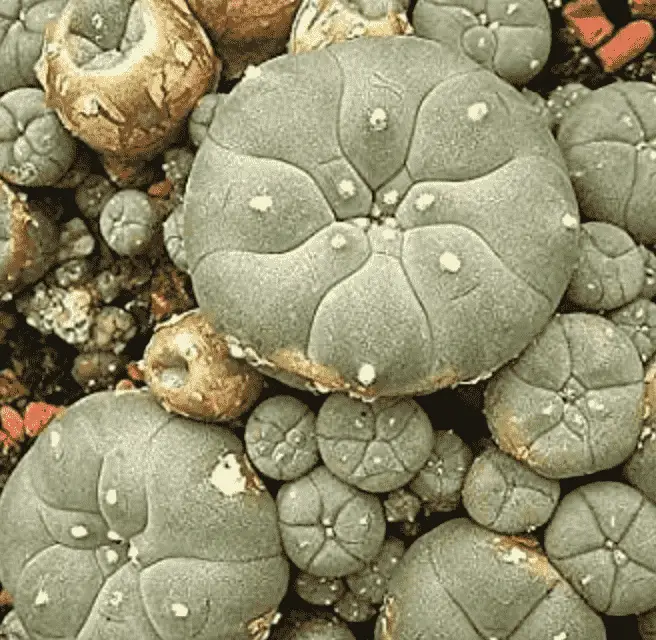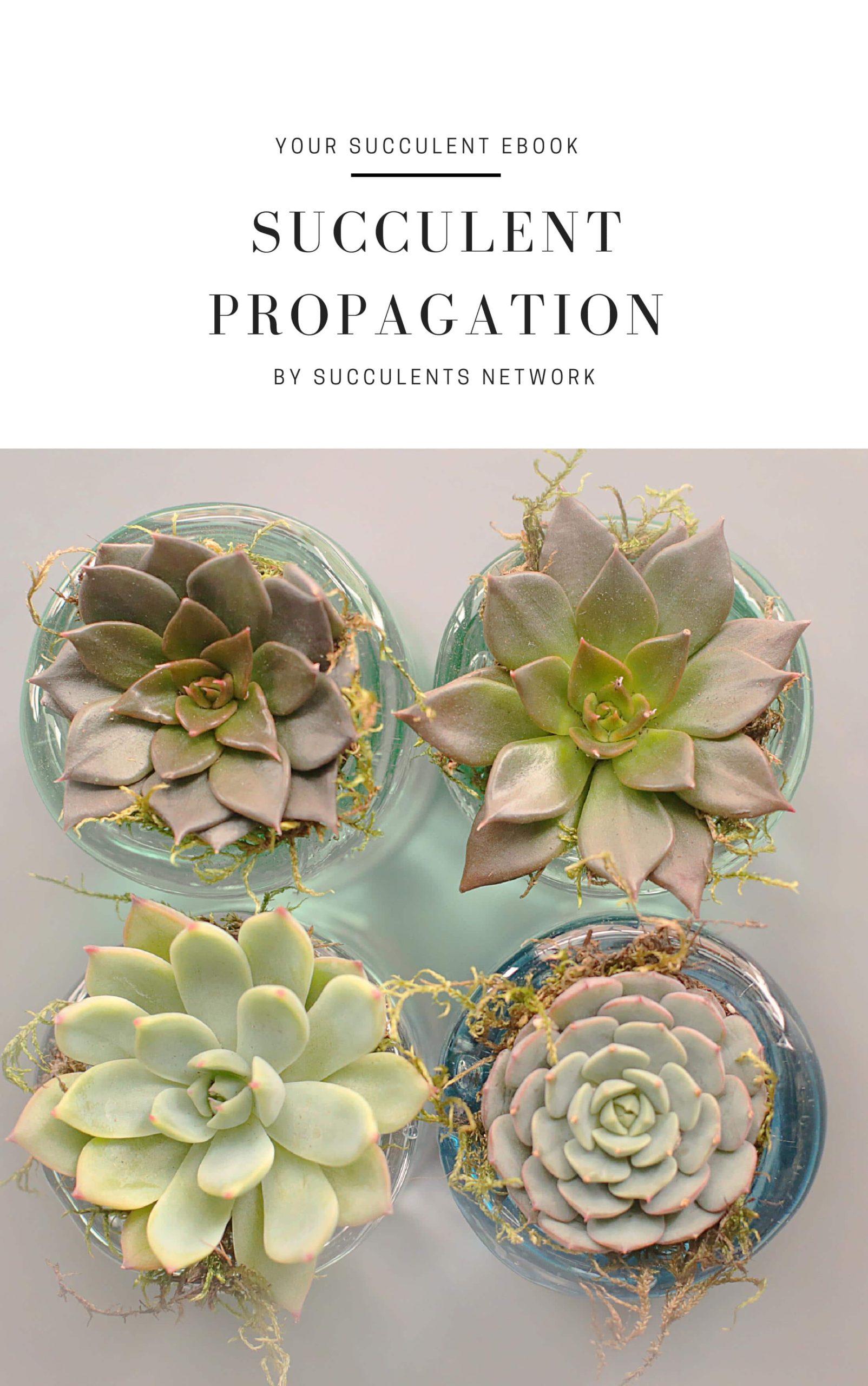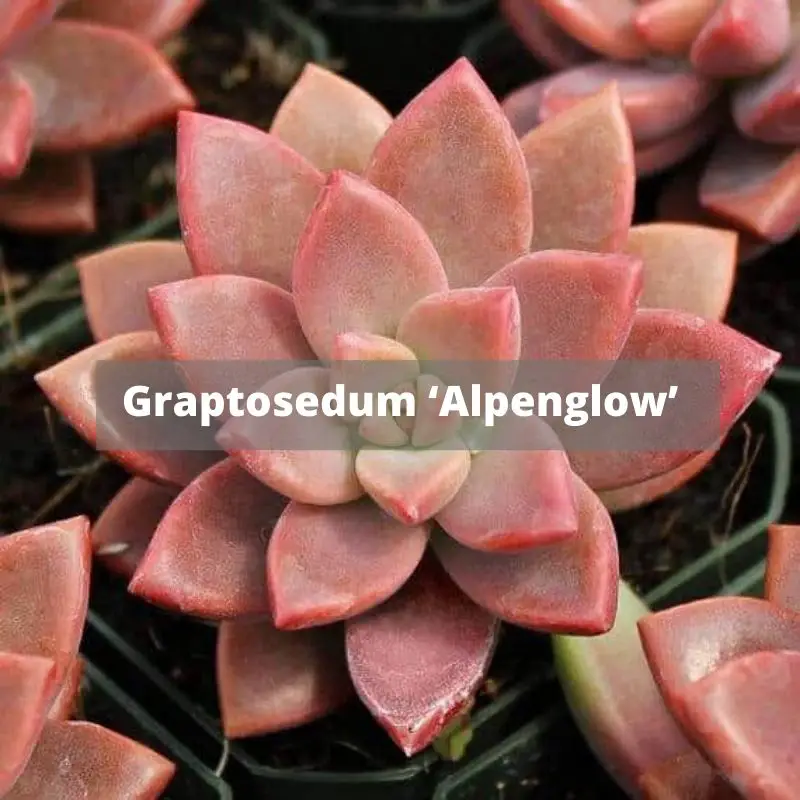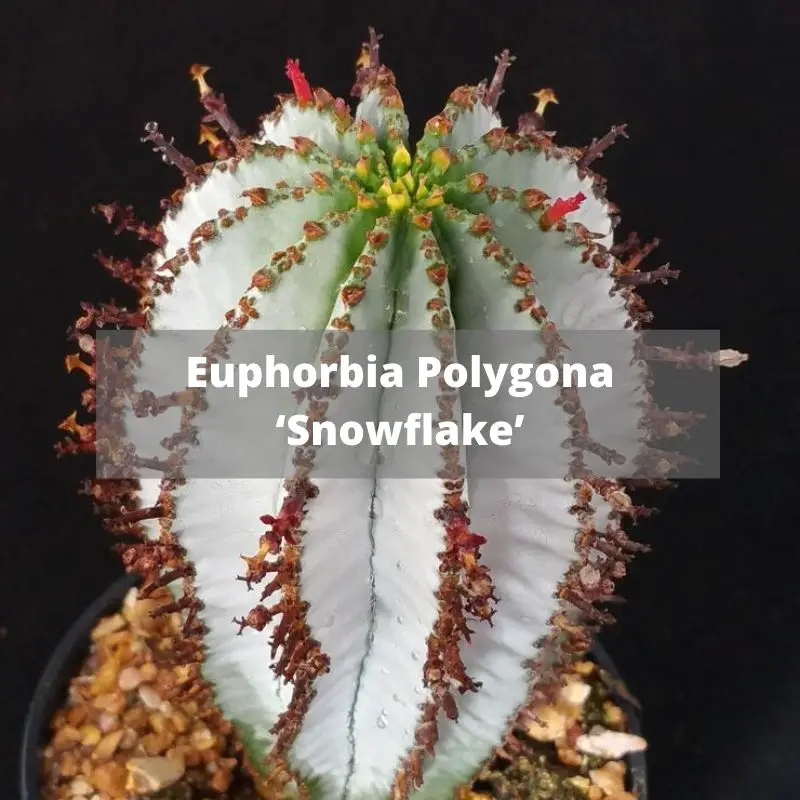
Picture via Amazon
Basic Info
Lophophora Williamsii is also known as the ‘Peyote’. As the plant matures you can expect it to produce a green looking global stem. This stem has several lines that go all over the plant. When the plant flowers you can expect it to produce pink flowers.
Scientific Classification
Family: Crassulaceae
Subfamily: Sedoideae
Tribe: Sedeae
Genus: Echeveria
Care and Propagation Information
Watering
Lophophora Williamsii ‘Peyote’ can be quite beautiful when it is well-taken care off. This succulent type needs typical watering as the other succulents. The watering method is very important to keep your Peyote healthy. It should not sit on the water, and an excess amount of water should be avoided. The best way of watering is soak and dry method this succulent. Yet, the succulent should be controlled to avoid overwatering.
General Care for Lophophora Williamsii ‘Peyote’
This succulent type is hard to find in nature unless you’re in the correct areas. When it blooms, you will enjoy pink flowers. It is a nice addition to your outside garden!
This page contains affiliate links.
Quick Facts:
- Prefers full sun
- Can be grown outdoor
- Grows 2-7 cm (0.2-2.5″) tall
- Grows up to 4-12 cm (2-4.7″) wide
- Can die easily if overwatered see: How to Water Succulent Plants
- Does not handle cold well
- Prefers Zone 9a-11b -6.7 °C (20 F)
- Best propagated by seeds
- Flowers are pink
Where to Plant
Lophophora Williamsii ‘Peyote’ succulents need strong light. When planting this succulent type in a garden, make sure it gets sunlight. Full to partial sun is the best for its growth. It is better to grow outdoor rather than indoor.
This type of succulent prefers a warm climate. It can survive at zone 9a-11b which is around -6.7 °C (20 °F). If you live in a cold area, it is better to plant Peyote in an indoor environment. As long as it gets enough sunlight, the plant will grow happily.
How to Propagate Lophophora Williamsii ‘Peyote’
Peyote can be propagated by seeds. This succulent type does not require repotting often. Of course, the first-time repotting is essential when it is bought from the store.
Like all the other succulent types, a well-drained soil mixture is essential. If you want to know about well-drained soil mixtures, check How to Prepare Well-drained Soil for Succulent Plants.
How to Propagate Lophophora Williamsii ‘Peyote’ Using Seeds
This succulent type is a slow grower so even if it can be propagated by its seeds, this method is not recommended. To propagate from the seeds, plant the seeds in a well-draining soil mixture. This method can be used outdoors. In cooler areas, indoor propagating is recommended.
Origin and Habitat
Peyote is native to Mexico and southwestern Texas.






